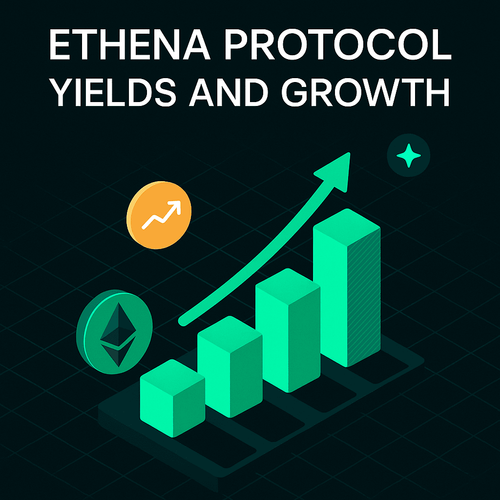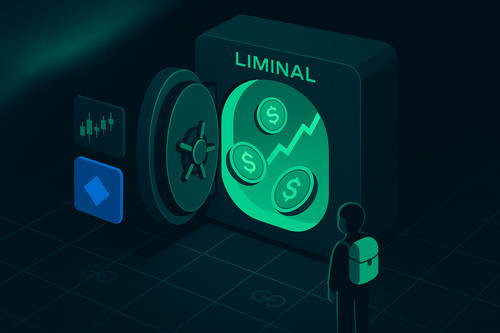Introduction
The last part of this report series covers levered exposure BTC farms. This means, that you have increased volatility and are basically longing your spot BTC bag. This again involves a lending protocol at the core where you borrow against your favorite version of BTC. The strategy is especially effective when you expect the markets to pick up soon.
Basic setup
The basic setup is the same as for the reduced exposure farms. You collateralize a lending protocol with your version of BTC. Please revisit the previous article for a broader overview of the most lucrative options so you can start to earn points from the basic setup.
For this article let’s assume the basic setup is staking BTC with Lombard and depositing it into Aave. This is a very popular pool, boasting both high TVL to do at scale and a points multiplier.

Collateralizing Aave with LBTC gives you plenty of borrow options at various APYs. Assuming you don’t want to reduce your BTC exposure too much, it is advised to stay within a healthy LTV and rather over- than under-collateralize.
However, this is where a lot of the parallels to reduced exposure end.
Strategy 1: Simple leverage
To simply increase your BTC exposure, the simplest way is to borrow stables and buy another BTC related asset from that:
- Borrow a stablecoin against your (L)BTC collateral, ideally the one with the lowest interest rate.
- Sell that stable for a version of BTC, effectively longing BTC for that amount.
- Farm with this BTC as described in the first report of this series or resupply to lending protocols and repeat the steps to increase leverage.
This will earn you:
- Lombard Points + Babylon points from LBTC
- Any additional yields you earn on the excess BTC (could be yields from stables, cash from Pendle PTs or more points)
- Increased exposure to BTC.
However, there are still some risks to consider. In addition to the protocol risk of all involved protocols, you have liquidation risk when borrowing stables against BTC. Furthermore, you need to monitor stablecoin borrow rates to ensure the strategy remains profitable.
Strategy 2: Adding exposure relative to ETH
This second strategy adds BTC exposure relative to ETH instead of USD. This basically speculates on BTC price outperformance on top of your spot holdings. A cost-effective way to achieve this is again starting with a lending protocol:
- Borrow an ETH derivative against your (L)BTC collateral, ideally the one with the lowest interest rate (usually native ETH or WETH).
- Sell ETH for BTC, effectively shorting ETH and longing BTC for that amount.
- Farm with this BTC as described in the first report of this series or resupply to lending protocol and repeat the steps to increase leverage.
This will earn you:
- Lombard Points + Babylon points from LBTC
- Any additional yields you earn on the excess BTC (could be yields from stables, cash from Pendle PTs or more points)
- Increased exposure to the BTC/ETH price performance

While the risks are very similar to the first strategy with regards to protocol risks, as ETH and BTC seem to be closer correlated than BTC and USD in the mid-term, the liquidation risk is assumed to be slightly lower. However, this may change over a longer timeframe.
Both strategies offer increased exposure to BTC, while still earning yield. While their risk profiles seem similar, it really depends on your mid-term view on Ethereum and whether you want to bet on the BTC/ETH chart as well. This bi-directional strategy is also available for other assets available on lending markets, but BTC/ETH seems to be the most traded chart..
I will likely combine all strategies from this report series, first employing a reduced exposure strategy combined with ETH short and slowly transition towards pure BTC leverage later - while making the most of my excess BTC using the farms from the full exposure report.




